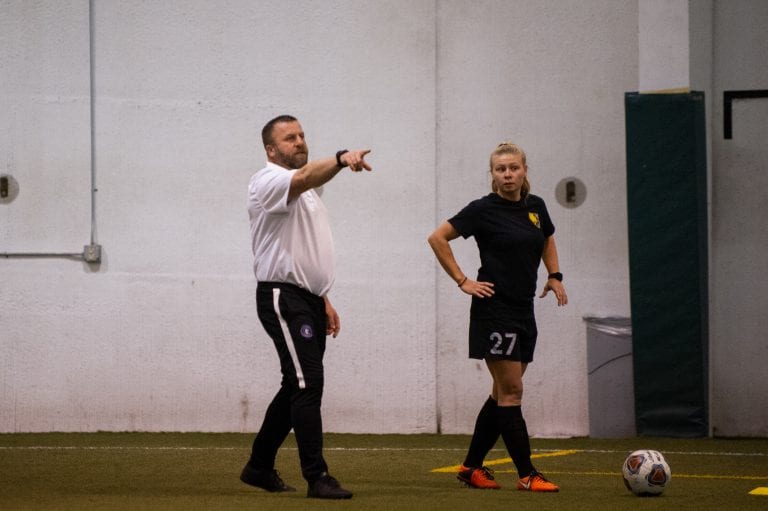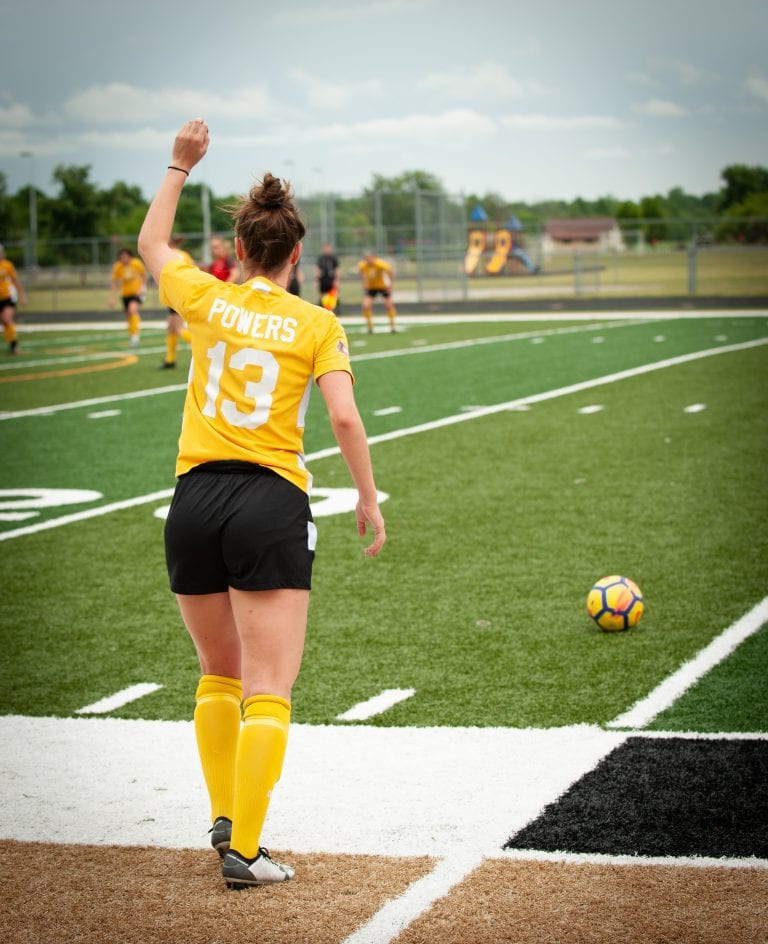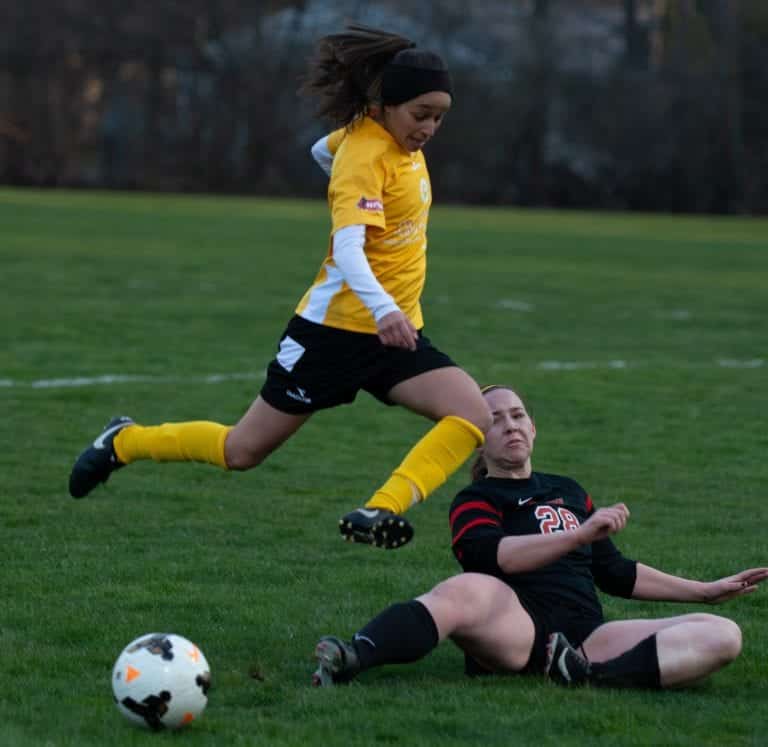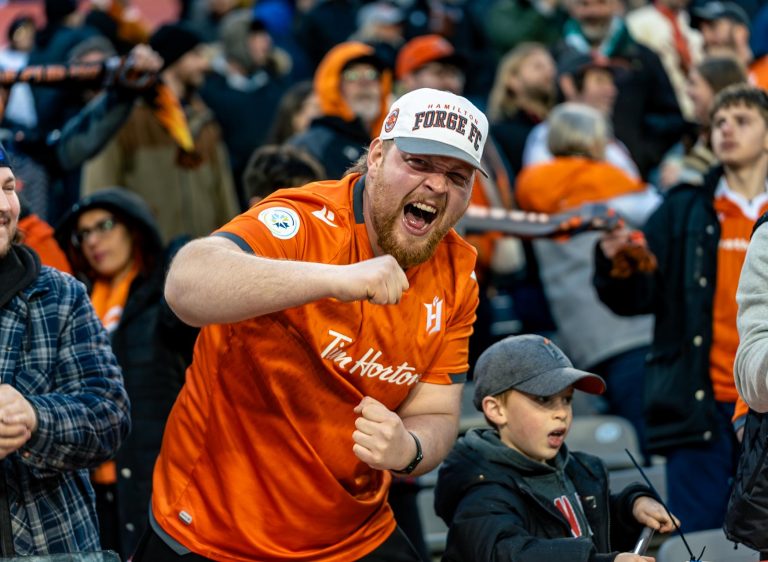Women’s Premier Soccer League (WPSL) Commissioner Jerry Zanelli has seen many changes in the game over his more than two decades in women’s soccer. Fifteen years ago he joined with other team owners to create the Women’s Premier Soccer League (WPSL) which now boasts over 70 teams across the country and recently added the WPSL Elite League and a U-20 League to its ranks. Prior to creating the WPSL, Zanelli was a founding member of the USL’s W-League.
With interest in women’s soccer running high on the heels of the 2011 FIFA Women’s World Cup and the upcoming 2012 Olympics in London, Zanelli believes that the game is ready for intelligent growth. The creation of the WPSL Elite League, while in part a response to the suspension of the 2012 Women’s Professional Soccer (WPS) season, is a step in the WPSL’s overall growth plan. The Elite League had originally been planned to begin in 2013 with several West Coast teams, but the need to provide quality competition for the women affected by the WPS decision moved that up. For 2012 the WPSL Elite League will include former WPS teams Boston Breakers, Chicago Red Stars and 2011 WPS Champions Western New York Flash. The league will also feature top eastern WPSL teams ASA Chesapeake Charge, FC Indiana, New England Mutiny and New York Fury and independent Philadelphia Fever.
What has made women’s professional soccer in America so shaky? While soccer in the U.S. has often been dwarfed by typically American-inspired sports such as football, baseball and basketball, soccer has begun to reach remarkably high levels of popularity recently among youth and young adult athletes. Even NBC has jumped on board to televise soccer, and now Major League Soccer (MLS) has a big boost in its TV exposure. Why then is the women’s game suffering as their male counterparts are reaching new heights in ticket sales, attendance and publicity?
“Having the building blocks in place is critical to the success of every business,” says Zanelli, “and women’s soccer is no exception.” He believes that the failure to create a solid financial foundation and put these building blocks in place has been at least partly responsible for the problems professional women’s soccer has had, with the collapse of Women’s United Soccer Association (WUSA) and the issues that WPS has had.
A mistake that Zanelli believes professional women’s soccer leagues have made is in setting their entry pricing and team salaries too high. “Women soccer players deserve the same salaries as men, absolutely. But professional women’s soccer is in its infancy. When the MLS launched, players in the indoor soccer circuit earned more money. Now look at what they earn in the MLS!”
“We want to make professional women’s soccer sustainable. We want the league costs to be at a price that is affordable for owners,” Zanelli says. “Overspending is ridiculous. The fees for the Elite League will be a fraction of the cost of the WPS. We want teams to survive and for this to be a long-term investment of time and effort so we can all enjoy steady growth.”
After twenty plus years involved in women’s soccer, Zanelli says, “We are most concerned with teams surviving economically and keeping our league costs reasonable.”
When the WPS suspended the 2012 season just weeks after the 2012 WPS Draft, the news sent shock waves through the women’s soccer community. “The heartache of the WPS suspending so soon after the draft was emotionally hard for everyone involved,” says Lisa Cole, head coach of Boston Breakers. The WPSL was determined that it would not be the end of high-level women’s soccer and that the players who had looked forward to the WPS season would have a place to pursue their passion.”
“We started off with the goal of having eight teams for our inaugural WPSL Elite League season,” explains Zanelli, “and we were able to reach that goal in three weeks from the initial announcement. Next year our goal is 12 to 16 teams. Right now we have teams from San Diego, Los Angeles, Sacramento, the Bay Area, Phoenix, Northern Virginia, Milwaukee, Houston, Dallas and Miami who have contacted us about joining the league for 2013. If there are other teams out there who wish to be considered, we would love to hear from them.”
“I look forward to the challenge of playing the former WPS teams as they bring a higher level expertise,” says FC Indiana head coach Shek Borkowski of the league his team has helped create. “The soccer competition will be a higher level than before in the regular WPSL, and we are looking forward to this.”
New England Mutiny owner Joe Ferrara agrees. “It is appealing to play against some of the best players in the world,” he says. “We look forward to showing that our team can perform at this level.”
The Elite League is an interesting business model: low cost fees, grass roots growth, a community-oriented approach and a mixture of U.S. National level and professional soccer players combined with some teams with predominantly amateurs from the college ranks.
While the WPSL Elite League is not a “professional” league, per se, that does not mean the quality of play will be any less. WPSL has chosen to keep the league non-professional, but to allow individual teams to be professional in all aspects, including having teams made up of almost all pro players. Allowing some teams to remain amateur will give collegiate players the opportunity to compete on the same field as professionals on other teams and gain invaluable experience while retaining their college eligibility.
“Will this be great soccer? Absolutely. There will be no difference in the caliber of play between the WPSL Elite League and a fully professional league,” Zanelli says. “The difference between the two will be in name only.”
The question that then arises is, “are the standards the same?” While obviously due to financial limitations head coaches in the WPS may also have to be coach, technical director and assume other responsibilities, the quality of the product will be the same according to Zanelli.
“When teams step up to play in the Elite League they had better realize that they need to play at a professional level and put out a professional product. This is an opportunity for those college athletes to play at a higher level and be recognized. Blending the amateur teams and professional teams provides an amazing opportunity for recognition and development.”
Professional players in the Elite League can not be paid the same salaries as promised in the WPS, but at least they have a season to play.
“Teams will have to do some adapting to allow their players to work and earn a living,” Zanelli says. “One of my goals is to find the corporate sponsorship to raise the funds to pay players. But first we need to create a sustainable program in America, a program everyone can believe in and bank on.”
After 23 years in women’s soccer, Zanelli has seen both success and failure, and has tried to learn from both as he moves the WPSL forward. “A five-team league is really not a national league. The Elite League will be national next year and steady growth is the key to future success.”
“When I helped found the WPSL, we decided that we were going to focus 100 percent of our efforts on the women’s game,” he points out. “I was one of the first owners in the W-League and I did not like the way they were organized. It seemed that with USL, 90 percent of the focus was on men’s soccer and only five percent was spent on women’s soccer, with the remainder on youth soccer.”
“It is important to support the WPSL and the Elite League,” says Ferrara, “so that our girls can see top level women’s soccer. If we want the sport to survive, the community needs to make this happen – teams, fans and media. Girls need to have something to aspire to.”
“We have to say that women’s soccer is important in this country,” Cole agrees. “It is important for our national team to have a professional-level league in this country.”
Right now Zanelli believes that the WPSL and the WPSL Elite League are “the best thing in the United States” when it comes to women’s soccer. “We welcome the challenge of competing with other leagues because it only makes us better,” he says. “I am very proud of what the Elite owners and coaches have accomplished in a very short time frame. This is going to be a great season for the fans, players and the sport.”






